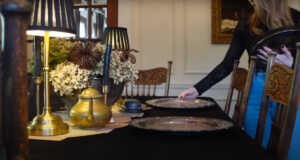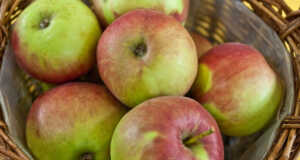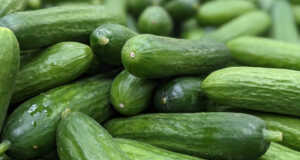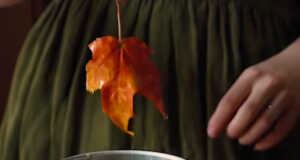The Dark Ages of Europe are considered a dark era for food, especially for the peasant class. We modern folk have images of people roughly swigging ale and gnawing on a turkey leg (perpetuated by the ever-so-popular Medieval and Renaissance fairs of today). However, the true day-to-day diet wasn’t as foreign as one might assume.

YouTuber Jess of the Shire generally creates videos about Tolkien and his books, but this time around, she went about creating a challenge for herself by eating like a Medieval peasant for one full week.
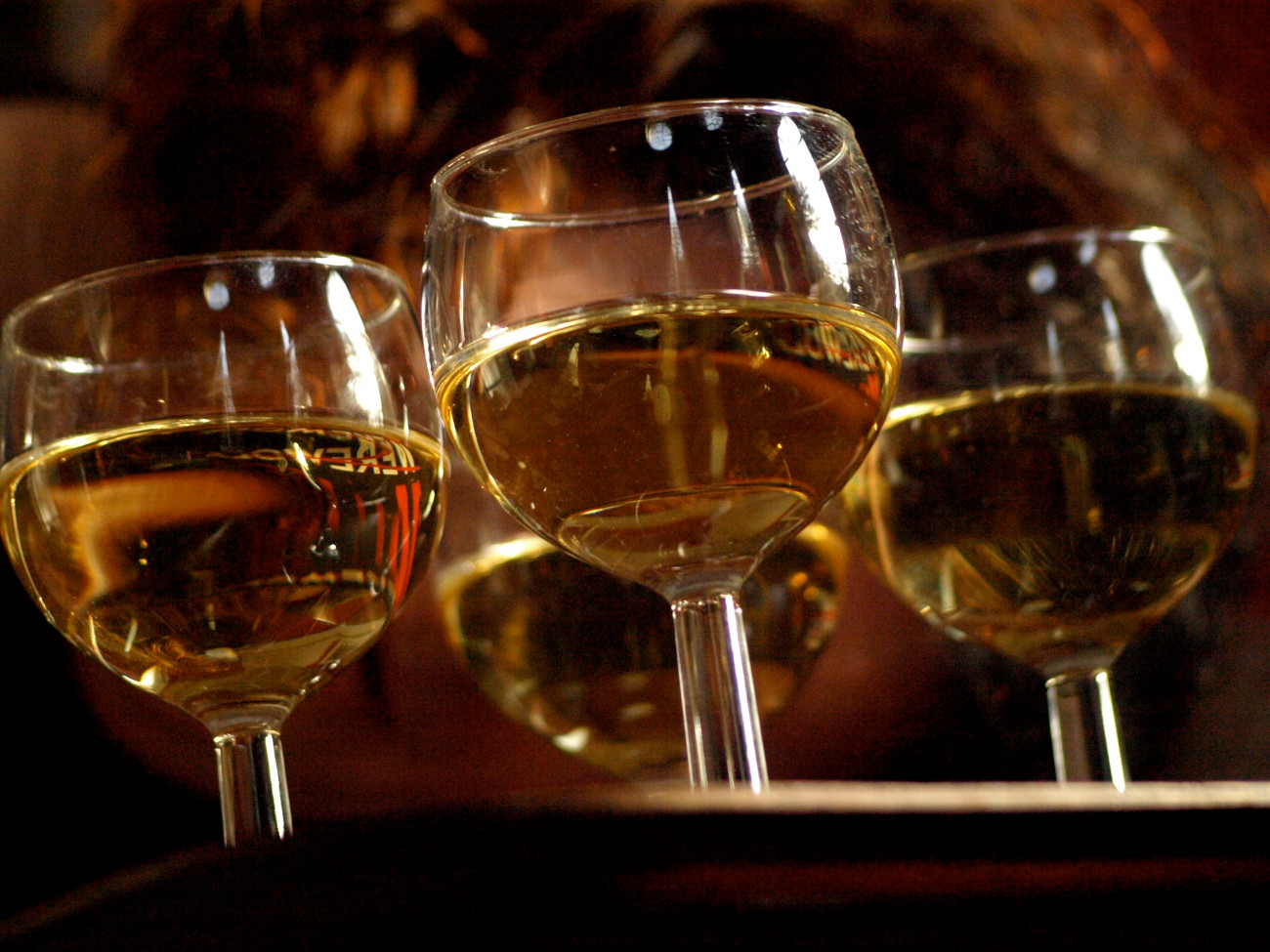
She begrudgingly started her days with beer, but an actual peasant of the era wouldn’t have to deal with today’s modern beverage. Up until the 1400s, hops, and other beer ingredients wouldn’t be available for the masses. The ale peasants would be drinking was more like “liquid bread” made from yeast or bread or remnants of uneaten wheat and barley. What was extracted from the fermentation would’ve only contained at most one to two ABV, so everyone (including children) drank it. This meant that drinking ale all of the time wasn’t actually as crazy as it sounds today. The flavor was weak and wildly varied, as did the texture (yes, the drink had a texture), as there was no common yeast strain nor standardized ingredient list. Your batch of yeast could vary in flavor from your neighbor’s batch and change with the season. Since it wasn’t a strong drink, the shelf life of ale was only two to three days.
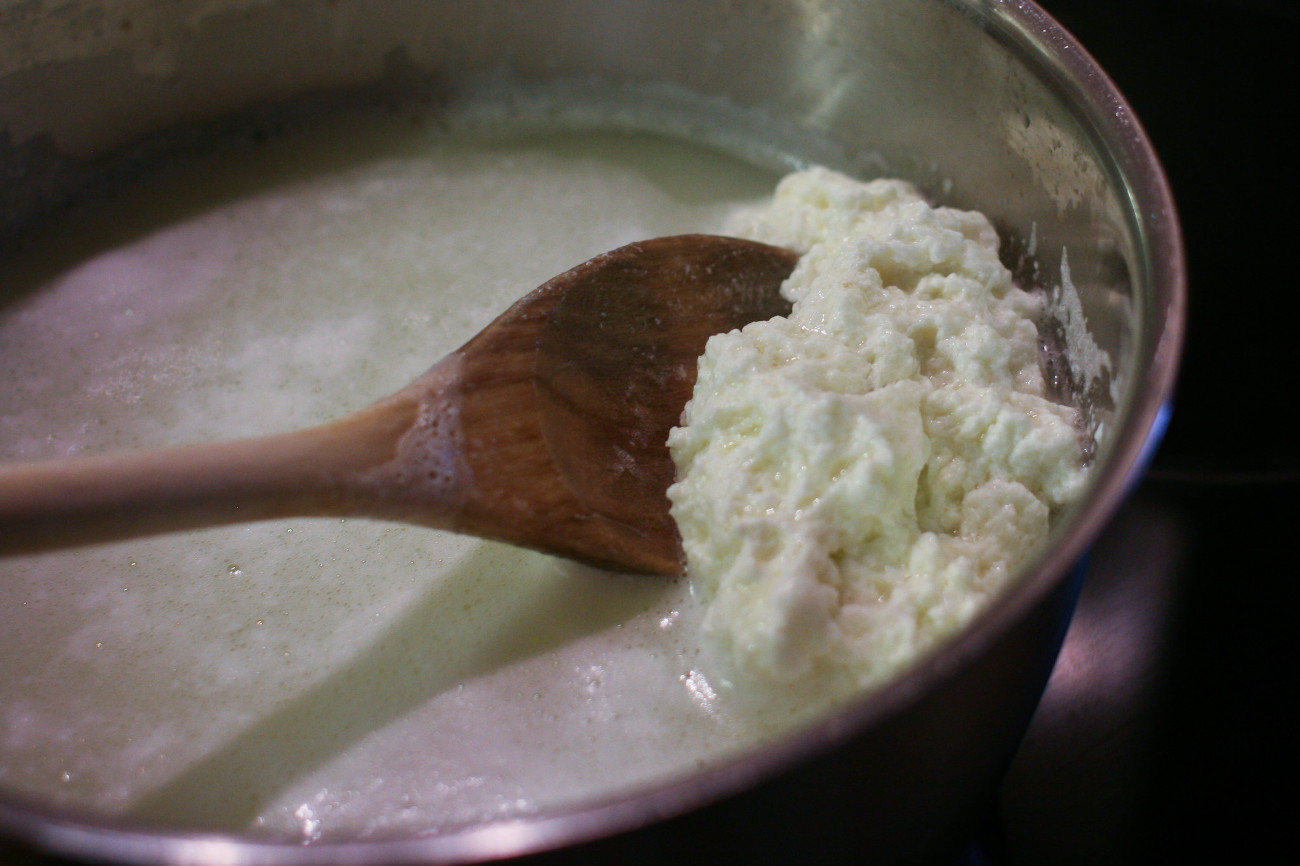
Jess’s meals had a backbone of either brown bread or barley. At this time, refined white bread would be considered a luxury only the rich could afford. Nowadays, the bread roles have reversed with heirloom grain breads being considered for the wealthy elite.

In the morning, brown bread was accompanied by eggs or a dairy product. In the video, she makes green cheese. At the thought of green cheese, you may think it’s moldy, but cheese green is the exact opposite of a funky mold-ridden cheese. Green cheese is fresh cheese, with curds similar to ricotta or cottage cheese.
Next, comes a very important food, pottage. A pottage — or in layman’s terms stews — were an extremely popular way to stretch ingredients in large quantities. This stew could be eaten for lunch or dinner. So how did you go about making pottage? Well, there’s no strict recipe for pottage, it was literally anything you had on hand. For Jess, it was a mix of purple carrots (which were the first carrots before orange carrots), peas, leeks, garlic, oatmeal, cabbage, kale, and ale. On another day, she made an apple pottage, simply cooked down and mixed with ale.

Now you may be wondering — where’s the meat? Well for peasants of the medieval era, cows and chickens were important to keep alive for as long as possible. The production of dairy and eggs created a longer food supply for people than one-off cuts of beef or chicken. Wild animals like boar and peasants were on hunting grounds for the rich, and poaching these animals came with deadly consequences. If you were close to a body of water, fish or seafood were fair game. Seafood like mussels, clams, and salmon were crucial ways to get protein, but it came at the cost of boredom. These sorts of proteins were so often cheaply sold and eaten that apprenticeship contracts had meals written into the contract, promising that the apprentice would only have to eat salmon three days out of the week.
Fast days meant different things to different religions or groups of people, but for Medieval peasants, fasting was more of an abstinence from pleasurable things like dairy, eggs, and meat. To break some of the monotony of fasting up, (which would be done with bread, and barely), Jess made a dinner of baked pears with oatmeal and honey. While pears and apples were’ as sweet as they are now, they were still consumed by the masses, albeit in small quantities. If you wanted to have some fruit it came with a caveat. According to medieval medicine, fruits had to be baked, as they feared raw fruits would harbor disease.
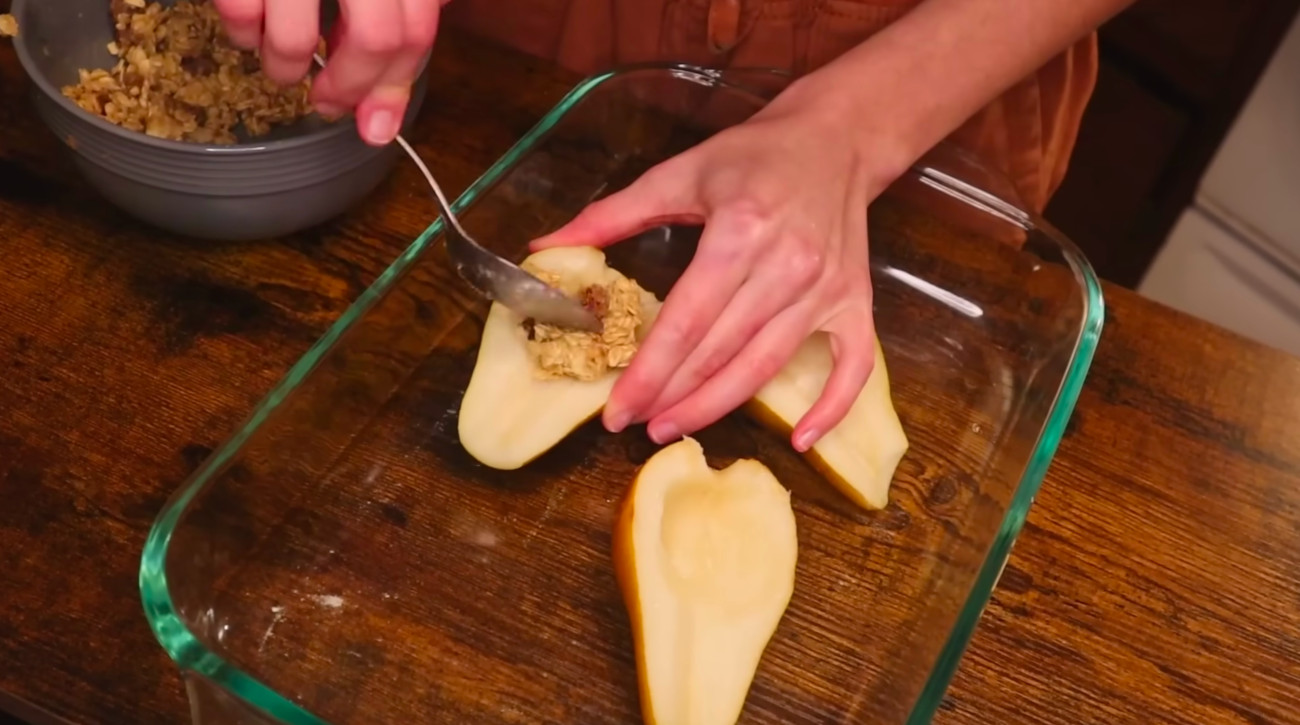
After six days of peasant life, Jess definitely felt a level of monotony to the diet. Outside of salt, garlic, and onions, there were little seasonings to be had. The rough, fibrous diet is healthy by today’s standards, but the continual same texture would become tiring to eat after a while. Many commented that the diet would be a great frugal “unemployment diet” as it used minimal ingredients and stretched ingredients out to be used throughout breakfast, lunch, and dinner. Do you think you could follow this sort of diet long term?

